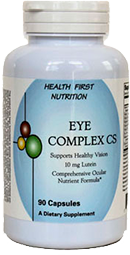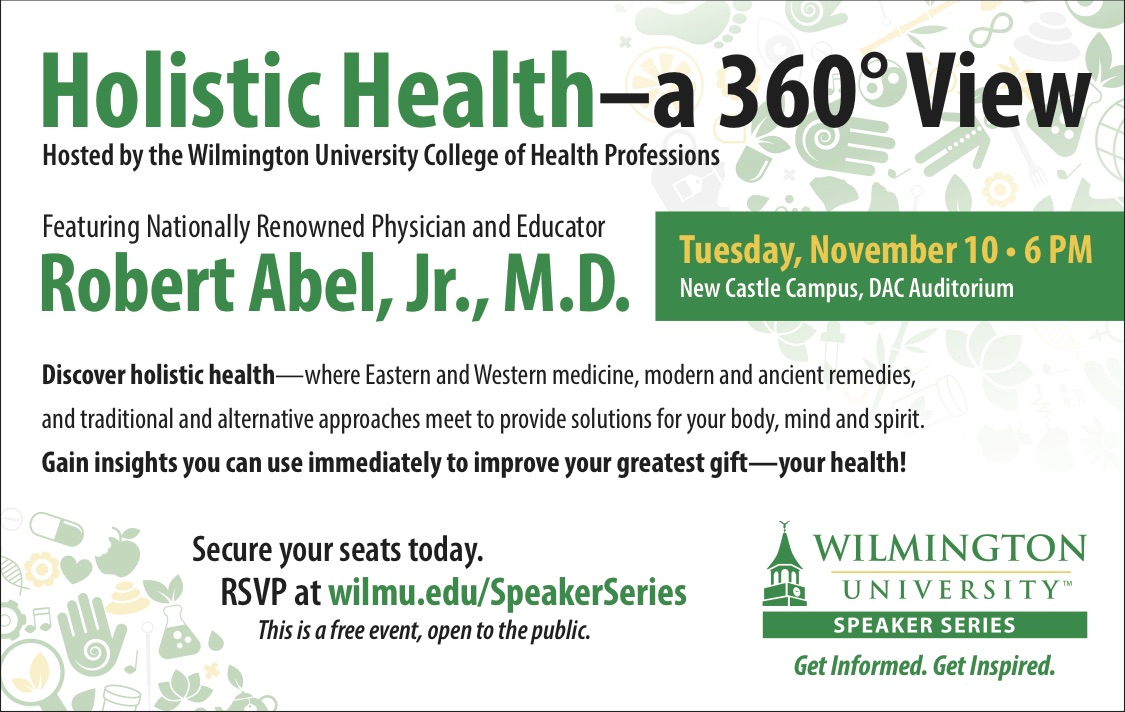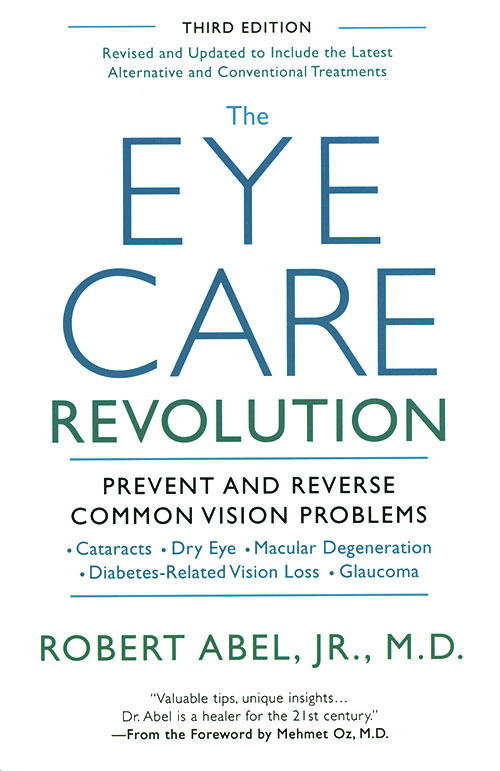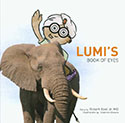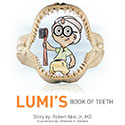What Is Macular Degeneration?
Macular Degeneration, also referred to as Age-Related Macular Degeneration (AMD) is a condition that effects the central area of your vision, thus affecting one’s ability to see small details such as road signs and print. The cone cells in the macula, a region at the rear of the interior of the eyeball, respond to light and color and are responsible for your daytime vision. They break down in order to send an electrical response through the optic nerve to the brain. Rods are in the periphery of the retina and account for your night vision.
Free radicals are formed when wavelengths of light strike the macular cones which then break down and send an electrical message through the nerve fibers to the brain. This process requires rapid reconstruction of the cones (reversing the oxidation of the visual pigments) by circulating antioxidants. The broken down cell products are then removed by the underlying retinal pigment epithelium. Deficiency in antioxidants can lead to the degeneration of the macula. These cells cannot be rebuilt quickly enough. Getting 6 or more hours of sleep is essential, since all of the fat soluble antioxidants and nutrients for the macula are stored in the liver and are primarily transported at night time.
The yellow-colored pigment Lutein, whether from food or supplement, is deposited in the retina to help prevent toxicity from ultra-violet and blue light. The cone photoreceptors are lined with a fatty membrane and are connected to nerve fibers. Just beneath this carpet of photoreceptors is the retina pigment epithelium. Then there is a clear membrane called the Bruch’s membrane that separates the retina from the underlying blood vessel layer.
Symptoms of Age-Related Macular Degeneration (AMD)
Symptoms of AMD include difficulty with small print, missing areas in vision, and distortion of the letters on a line. Ninety percent of people who have AMD have the dry, slowly progressive form of macular degeneration. The other 10 percent suffer from the wet form, which may cause a sudden loss of central vision.
In the dry form of AMD, toxic byproducts accumulate in the Bruch’s membrane, forming yellow spots called drusen. The pigment layer can also erode, further limiting the body’s ability to clear toxic materials from the eye.
In the wet form of AMD (which is a progression from the dry form), blood vessels may invade the retina and begin bleeding, causing sudden vision loss. In the past, the use of lasers was the only treatment available. But the development of injectable Lucentis , Avastin or Eylea, which close off the invading new leaky blood vessels, may provide immediate reversal and recovery of vision. Therefore, it is important to contact an eye doctor immediately and begin preventive measures for your other eye.
Treatments for Age-Related Macular Degeneration (AMD)
Although many medical experts contend that there is no cure for AMD, I have discovered that there are natural remedies for people who suffer from or who are at risk from the dry form. Since AMD can often be a result of poor nutrition, changing one’s diet is essential to reversing this condition, and any health condition for that matter. Other people who are at risk for AMD are those who have inadequate antioxidant defenses and are light sensitive. Wearing sunglasses as often as possible, even on cloudy days, is critical.
Many people with AMD who have other medical conditions (such as high blood pressure, high cholesterol, heart disease, and low thyroid function) and who are taking multiple prescription drugs have borderline liver function. The liver stores and releases the fat-soluble vitamins that are crucial for sight. Antacids will reduce the stomach’s ability to break down and absorb some basic nutrients. Also, those who at are high risk for AMD are people who have blue eyes, AMD in their family history, received intense sun exposure, smoked, and are post-menopausal.
The Liver is the Key to the Eyes
Nutritionists and holistic doctors recognize that the liver is the sentinel organ of the body. The liver responds to toxic materials and stores and distributes essential nutritional components. Chinese and Ayurvedic medicine have long recognized that the liver is key to the eyes. I have found many of these ancient eastern medicines not only work toward prevention, but also are powerful treatments for various eye conditions. I recognize you can’t be taking everything, so you should select the foods and supplements carefully. You should be sharing whatever you do take with your eye doctor and other caregivers.
The Amsler Grid
The checkerboard-patterned square with parallel vertical and horizontal lines is called the Amsler grid. Look at the central dot with one eye covered, and note the pattern of the lines. If any of the lines in any direction are missing or wavy, mark it with a pencil or make a note. This Amsler grid can be used to determine if there is a disorder of the optic nerve or macula. It is an excellent way to follow degeneration to see if it is stable or progressing.
Antioxidants, Beta-carotene, Vitamins C and E, and Zinc Significantly Reduce the Risk of Vision Loss
The 7 year ARED (Age-Related Eye Disease) study demonstrated that antioxidants, beta-carotene, vitamins C and E, and Zinc significantly reduced the risk of vision loss from moderate and severe macular degeneration. Lutein, another naturally occurring carotenoid, supports the reflection of harmful UV and blue light and builds retina pigment defenses. To learn more about how 6mg of Lutein daily for high-risk patients may decrease their chances of developing AMD, see Chapter 8 in the Eye Care Revolution (Kensington).
Before taking any vitamin for eye health make sure to read the label. Many vitamins state they are or are similar to the AREDS formula and contain high zinc and copper. The high levels of zinc suppress the absorption of other similar charged ions like calcium (needed for bones), magnesium, boron, selenium, vanadium, chromium and other co-factors that make your antioxidants function. Do not take more than 30 mg of zinc a day. Copper doubles the risk of cognitive decline. See references in The Eye Care Revolution (Kensington 2014).
Did you know that 30% of the human retina and brain are made of DHA (docosahexaenoic acid), the most important omega-3 fatty acid? DHA is a major component of the retina photoreceptors. To rebuild the retina add cold-water fatty fish to your diet or supplement with DHA. DHA is more important than flax seeds or EPA in fish oil. Much has been written about the protective value of omega-3 fatty acids for all diseases including diabetes, heart disease, Alzheimer’s, and some cancers. To learn more about DHA ready my book The DHA Story.
Other Recommendations
- Wear UV-protecting sunglasses and hats
- Teach all of your family members to wear sunglasses
- Do not smoke
- Control high-blood pressure, cholesterol, blood sugar and heart disease
- Eat a balanced diet rich in green leafy vegetables, fruits, and cold-water fish such as tuna, salmon, mackerel, and sardines.
- Take a daily multivitamin with 6 mg of Lutein; take 10 mg Lutein if you have macular degeneration or are at risk; take 1000 mg of DHA for vision support as well; consider Right for the Macula.
- Get an annual eye exam
- Check the Amsler Grid frequently and report any changes
- Be sure your eyeglass prescription is current and know that additional magnification is available
- And consider taking the eye and multivitamin that I formulated called Eye Complex CS (clinical strength), which can be sampled by calling 844-414-3937 (EYES) or visit online.
There are amazing new technical options being investigated, such as gene therapy, nano-technology, stem cells, and artificial vision implants. For people who are almost blind there still remains the possibility of low vision optical aids, which are available in most communities and provided by state vision impairment agencies. Follow these and other exciting new developments by going to my new radio show, The Wizard of Eyes on RadioMD.

